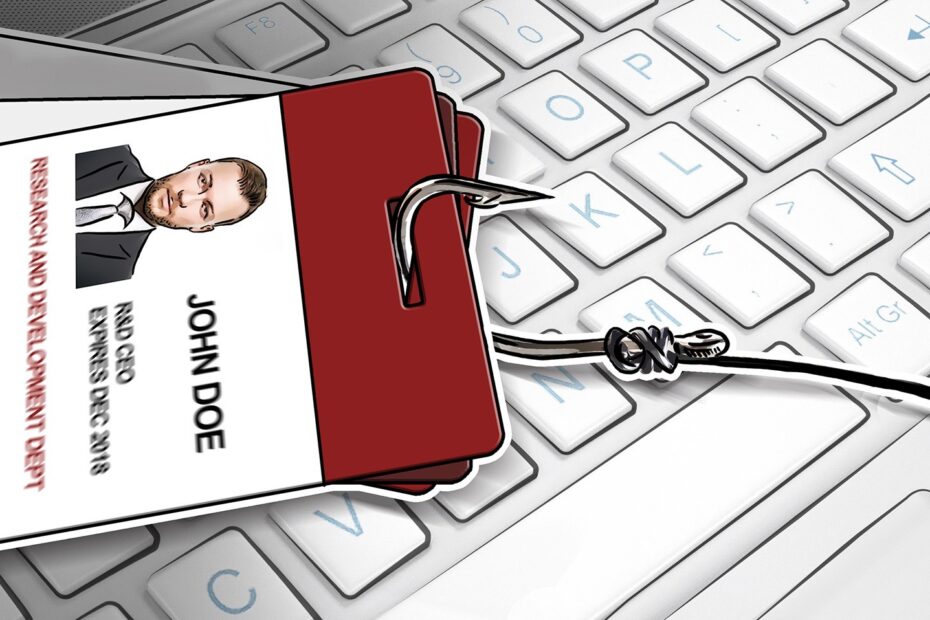Introduction:
Spear phishing has become a widespread cyber threat, with attackers using personalized approaches to dupe people and obtain unauthorized access to important information. We will go into the realm of spear phishing, investigate its hazards, and present practical suggestions to help you protect yourself and your organization from these targeted cyber-attacks in this blog article.

-
Spear Phishing:
Spear phishing is a more personal scam email that targets a specific person or organization.
Motivations of Attackers:
Attacker’s reasons for spear phishing might vary, but they frequently concentrate around financial gain, data theft, or attaining specific goals. Here are some frequent reasons for spear phishing attacks:
- Financial Gain: The possibility of cash incentives motivates many attacks. They may want to dupe individuals or organizations into disclosing banking information, credit card information, or login credentials for financial accounts. Attackers can use this information to execute unauthorized transactions, steal identities, or engage in fraudulent operations to extort money.
- Data Theft: Spear phishing attacks may be used by attackers to obtain sensitive information such as personally identifiable information (PII), trade secrets, intellectual property, or confidential data. They might profit financially from the stolen data or sell it on the black market to other hackers
- Unauthorized Access: Spear phishing is used by certain attackers to obtain unauthorized access to networks, systems, or accounts. Attackers can enter targeted organizations and carry out more harmful operations, such as launching more serious cyber assaults, exfiltrating data, or conducting espionage, by deceiving individuals into exposing their login credentials or downloading malware using misleading techniques.
- Competitive Advantage: In certain circumstances, attackers may be motivated by the desire to acquire a competitive edge in the business sphere. They deploy spear phishing attempts to obtain secret information, company strategy, client databases, or product plans that may be leveraged to gain an advantage over competitors.
- Espionage and Nation-State Interests: As part of their espionage efforts, advanced persistent threats (APTs) directed by nation-states or state-sponsored actors may use spear phishing. These attackers target government agencies, defense contractors, research institutes, or key infrastructure in order to acquire intelligence, perform surveillance, or disrupt operations in order to achieve political, economic, or military goals.
- Disruption and Sabotage: In some circumstances, attackers may employ spear phishing to disrupt organizational activities or create reputational harm. Personal vendettas, hacktivist objectives, or corporate espionage can all drive this.
- Social Engineering Experiments: Attackers may occasionally execute spear phishing assaults as social experiments or for personal fun. These people may not be motivated by monetary gain, but rather by the joy they get from fooling others, testing their talents, or causing disturbance.
Individual hackers, organized cybercrime gangs, nation-states, and insiders all have different goals. Understanding the motives behind spear phishing attacks may help people and organizations better defend themselves by installing proper security measures, increasing awareness, and cultivating a cybersecurity vigilant culture.
-
Common Spear Phishing Techniques:
Email Spoofing:
In spear phishing, email spoofing occurs when attackers modify the sender’s information in an email to make it appear to be from a reputable source. To fool receivers, they may alter the “From” box or fake the sender’s identity and domain. The idea is to fool recipients into thinking the email is real, increasing the likelihood of their opening it, clicking on harmful links, or sending sensitive information. Implementing email authentication mechanisms and employing email filtering can assist in avoiding being a victim of faked emails.
- Social Engineering: Investigate the psychological manipulation strategies used by attackers to instill a sense of urgency, interest, or trust in victims and encourage them to provide sensitive information or execute certain behaviors.
- Malicious Attachments and Links: When a victim clicks on a spear phishing email, malware is downloaded onto their device, or they are sent to a bogus website meant to steal their credentials.
-
Recognizing Spear Phishing Attempts:
- Suspicious Email Indicators: Give a list of red flags to check for, such as unknown senders, typos or grammatical problems, urgent or scary wording, or demands for sensitive information.
- Unusual Requests or Behaviors: Highlight circumstances in which individuals may be requested to breach standard security protocols, supply credentials outside of conventional channels, or do activities that appear unusual.
- Protecting Against Spear Phishing Attacks:
- Employee Education and Awareness: Emphasize the need of training staff to recognize and report spear phishing attacks, as well as regular education on current attack strategies and trends.
- Security Measures: To limit the dangers posed by spear phishing assaults, discuss the deployment of effective security measures such as spam filters, anti-phishing software, and multi-factor authentication (MFA).
- Regular Software Updates: Encourage people to maintain their devices and software up to date with the most recent security updates in order to reduce vulnerabilities that attackers may exploit.
- Incident Response Planning: In the case of a successful spear phishing assault, emphasize the need of having an incident response strategy in place to guide activities, including measures for containment, investigation, and recovery.
-
Reporting and Sharing Information:
- Encourage Reporting: Create an organizational culture that encourages workers to disclose spear phishing attempts without fear of repercussions.
- Information Sharing and Collaboration: Advocate for information sharing across organizations and the security community in order to raise awareness and combat spear phishing assaults collectively.
Conclusion:
Individuals and organizations are at danger from spear phishing attempts, which necessitate increased knowledge and proactive security measures. You may considerably minimize the probability of falling victim to spear phishing attacks by knowing the strategies employed by attackers, remaining aware, and establishing rigorous security practices. Remember that guarding against spear phishing requires continuing education, technology measures, and a watchful approach to recognizing and combating these targeted cyber assaults.
References:
https://www.msp360.com/resources/blog/spear-phishing-prevention/
For further clarifications or support, please write to contact@paradigmitcyber.com

